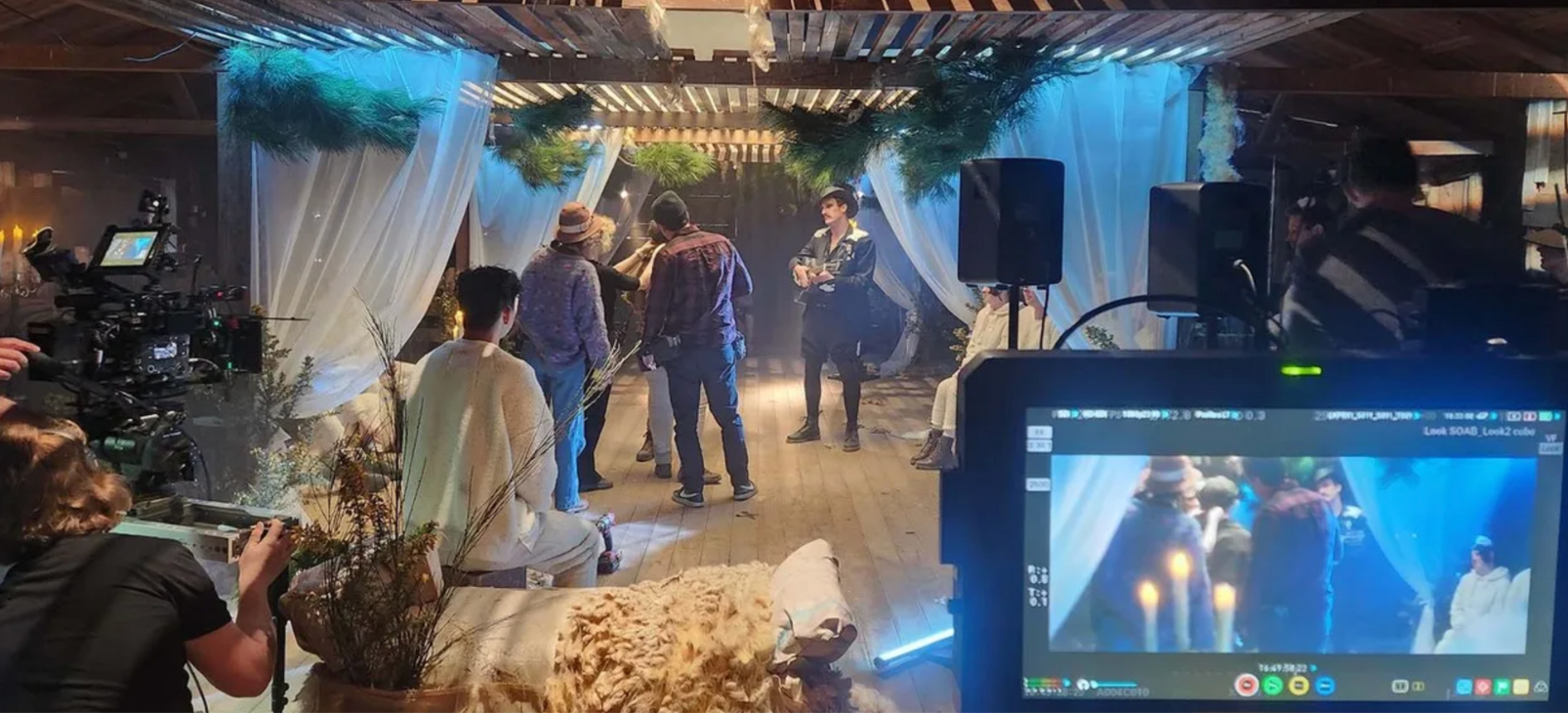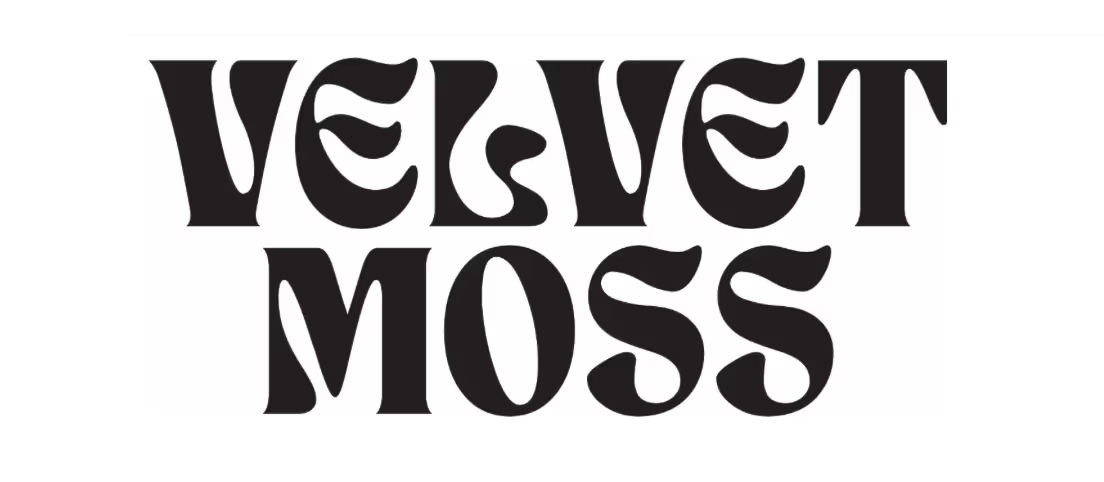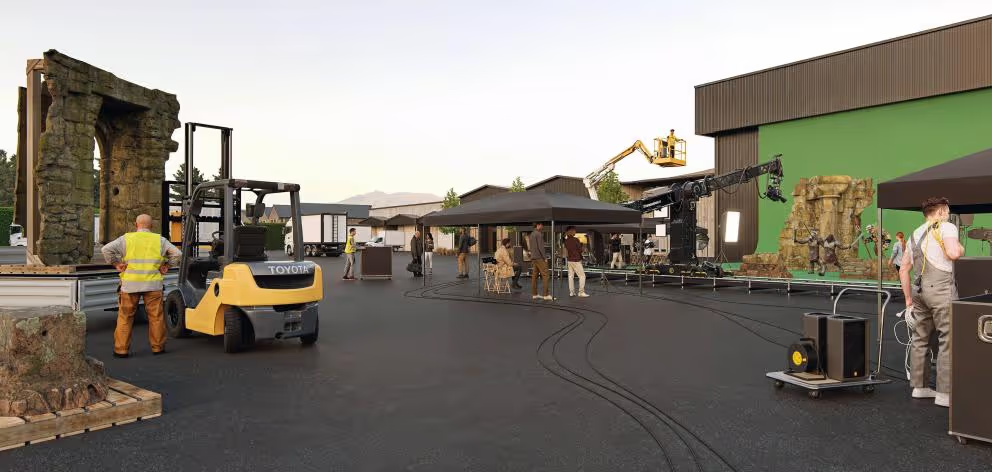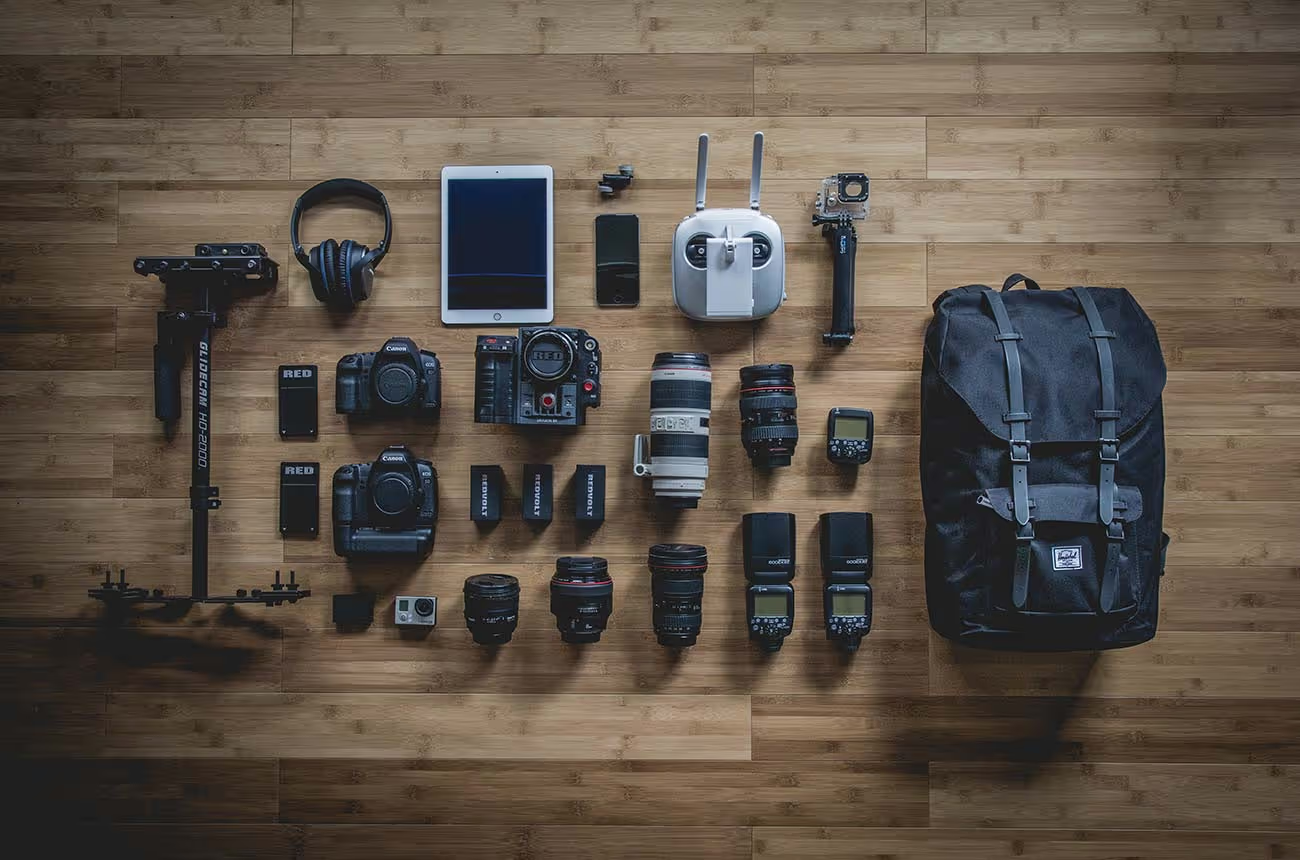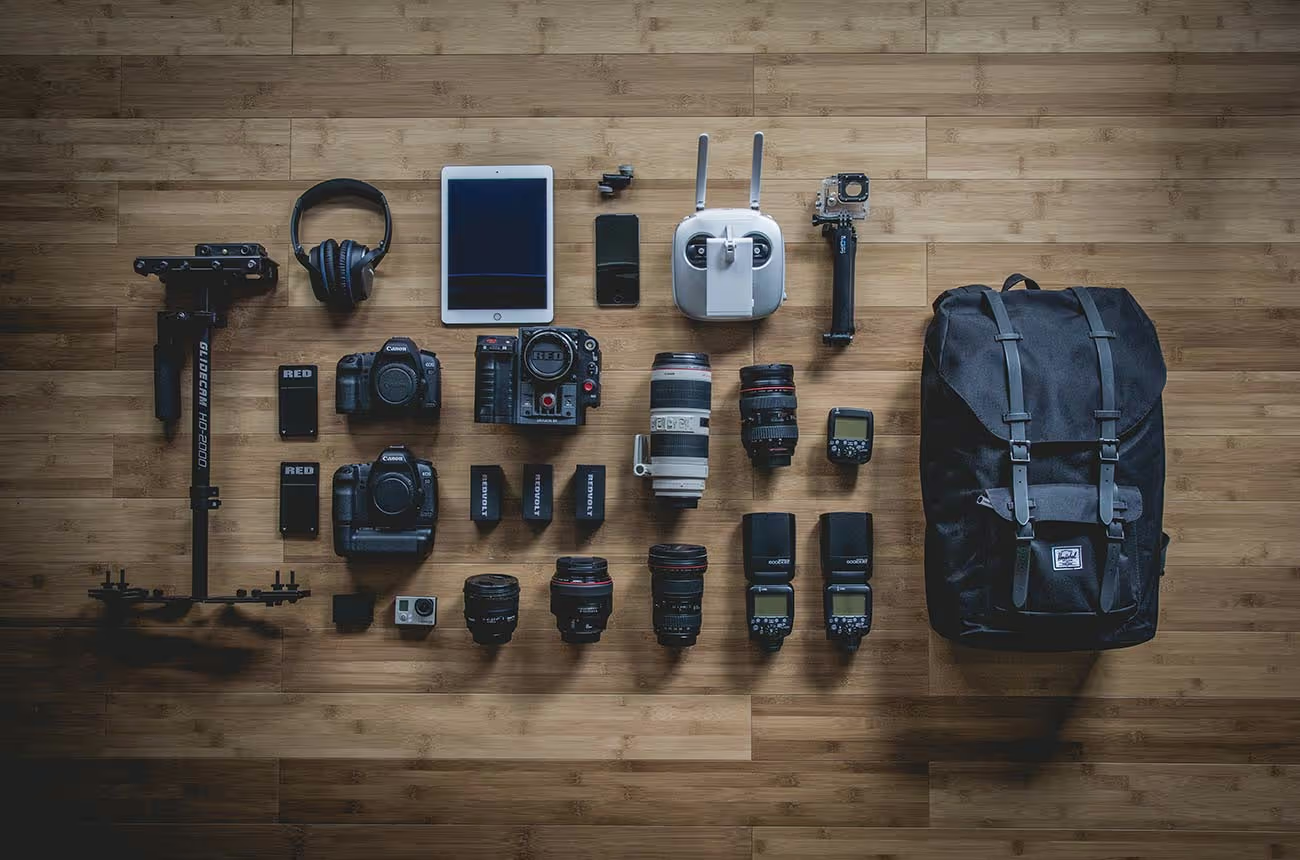
Staying Safe
Jan Sisley attended the recent Safety Compliance Information Evening in Auckland. We are very happy to present here her detailed report on the evening’s findings.
The New Zealand Advertising Producers Group (NZAPG) hosted a recent Safety Compliance Information Evening in Auckland in association with Communication Agencies Association of New Zealand (CAANZ), Association of New Zealand Advertisers (ANZA), The Techos’ Guild, ScreenSafe and Film Auckland with the aim to provide information that will help those working in the industry to understand legislative changes to safety compliance.
The event brought together people from across the screen and advertising sectors to learn about what new New Zealand Health and Safety legislation means for the screen industry, our responsibilities under the Act, and tools for best practice to make sure you’re covered.
The evening’s speakers covered the legal responsibilities for companies and individuals, Rachael Judge and Andrew Berry from Anthony Harper Lawyers broke the bill down. David Strong of ScreenSafe provided an update on the Safety Code of Practice. And with a presentation on what is currently NZ’s only online-based risk-management and compliance tool, Risks Manager, were Greg Riley and Paul Rogers. The Health and Safety at Work Act 2015, comes into effect on 4 April 2016. It applies to all New Zealand businesses and contractors, and everyone needs to be aware of their obligations under the Act, know what their safety responsibilities are and how to ensure compliance.
As David Strong, representing ScreenSafe, said, the screen industry is unique in that we generally operate as self-employed individuals in a temporary workplace, unlike companies that are formed with the intention to exist for many years, a factor that has implications in relation to the new Act. The needs of a production can stand in the way of good health and safety practices, Strong said, due to factors such as creative pressures, deadlines, financial constraints, and the complexity of the production process.
Legally, everyone must comply with the Health and Safety at Work Act 2015. Key changes that the Bill introduces include a new definition of the key duty holder, who becomes a PCBU (Person Conducting a Business or Undertaking); and a new general duty for PCBUs to ensure, so far as is reasonably practicable, the safety of any workers they have engaged, workers whose activities are influenced or directed by the PCBU, or other persons who may be affected by their activities. It also introduces due diligence obligations for senior officers and a new duty where, if there are multiple duty holders, they each have an obligation to consult and coordinate activities with all other duty holders. Incentives for compliance are increased enforcement tools, including the power to issue improvement and suspension notices. A set could be shut down at any time if active safety compliance cannot be demonstrated.
There are also significantly increased penalties and repercussions for non-compliance, including hefty fines for both individuals companies, as well as jail time.
The new Act broadens the scope of health and safety and in addition to increased penalties for non-compliance has set out who has duties in the workplace, and how those duties are to be met. Most importantly, it creates a new key primary duty holder, the PCBU.
Rachael Judge, Associate at Anthony Harper Lawyers, said the new legislation provides a very broad definition of who is or isn’t a PCBU. Some, such as the client, the agency, and the production company fit clearly into the definition of a PCBU. Additionally, other contractors and entities such as heads of department, crew members, stunt co-ordinators, directors and producers that are “conducting their own business or undertaking on set, are likely to be PCBU’s and should operate on the assumption that they could be,” Judge said.
In practice there will be “some difficulty in where the line is drawn between a contractor who is merely a worker and a who is considered to be conducting their own business or undertaking and therefore a PCBU,” she said. It doesn’t matter whether the person conducts a business or is undertaking alone or with others, or whether or not the business or undertaking is conducted for profit or gain. The act does provide a definition of an exception to a PCBU as being anyone who is “employed or engaged solely as a worker.”
So that means that contractors on set who are engaged solely as workers rather than conducting their own business or undertaking won’t fall within the definition of a PCBU. Judge went on to say that it would be considered best practice to “err on the side of caution” with all contractors conducting themselves on set as if they were PCBU’s.
The main general duty for all PCBU’s is to ensure, so far as is “reasonably practicable”, the health and safety of workers employed or engaged, or caused to be employed or engaged, by the PCBU while the workers are at work. The PCBU also has a duty to workers whose activities in carrying out the work are influenced or directed by the PCBU, while they are carrying out the work. In addition, a PCBU must ensure, so far as is reasonably practicable, that the health and safety of other persons is not put at risk from work carried out as part of their undertaking.
How this is done will depend on how seriously someone could get hurt, the chance of an accident happening, and how much control the PCBU has over preventing it. “Reasonably practicable” means that which is, or was, at the time, reasonably able to be done to ensure health and safety, taking into account and weighing up all relevant matters, including the likelihood of the hazard or the risk occurring; the degree of harm that might result from the hazard or risk; what the PCBU knows, or ought reasonably to know, about the hazard or risk and the ways of eliminating or minimising the risk; and the availability and suitability of ways to eliminate or minimise the risk.
The definition of what is reasonably practicable includes, as a last step, an assessment of the cost to address the risk. But, cost must be considered only after assessing the extent of the risk and the available ways of eliminating or minimising it and is less important than eliminating potential harm. “If you can’t afford to do it safely, the message under the Act is, you shouldn’t be doing it at all,” said Rachael Judge.
A PCBU must also ensure, so far as is reasonably practicable, that the workplace, and anything arising from the workplace, are without risk to health and safety. Like the PCBU definition the definition of a workplace as “a place where work is being carried out, or is customarily carried out, for a business or undertaking,” is also very broad and includes any place where a worker goes or is likely to go while at work, not just the key location but anywhere that workers are.
In addition to the primary duty, the Bill introduces a new obligation for instances of multiple duty holders. All duty holders who have a health and safety duty in relation to the same matter are now required to consult, cooperate and coordinate activities with all other persons who have a duty in relation to the same matter. It is not possible for any duty holder to contract out of their duty in this instance. Under the new Act, all parties with duties in relation to the same matter will retain responsibility for the performance of that duty, but will need to work together to discharge it, irrespective of whether they directly have health and safety duties to each other. And they will be required to discharge the duty to the extent to which they have the ability to influence or control the matter, meaning there will usually be a primary duty holder with overall responsibility, likely the production company, who takes the lead role to ensure health and safety.
Speakers also touched on increased worker participation requirements and the duty to involve and engage with workers on health and safety matters. PCBU’s must provide workers up-to date information of work health and safety matters, and have appropriate worker participation processes in place. This will depend on the size of the production and the level of risk involved. Andrew Berry (Senior Associate) of Anthony Harper Lawyers said “the bigger the production and the higher the risk, the more formal the worker participation processes will need to be.”
Larger (more than 20 workers) or higher-risk undertakings will need to have a health and safety representative. In addition, workers have a duty to take reasonable care for their own health and safety as well as ensure that their acts or omissions do not adversely affect the health and safety of others. Everyone on a screen set is at least a ‘worker’ (and may be more than this) and has a responsibility to ensure the safety of themselves and those around them, David Strong said. Workers must also comply with any reasonable instruction given by the PCBU and co-operate with the PCBU’s health and safety policy or procedure that they have been notified of and to allow the PCBU to comply.
The Bill also introduces the duty to exercise due diligence to ensure that a PCBU complies with its duties. The due diligence obligation includes taking reasonable steps to gain an understanding of the nature of the operations of the business or undertaking of the PCBU, ensure that the PCBU makes available appropriate resources and processes to eliminate or minimize risks to health and safety from work carried out as part of the conduct of the business or undertaking, ensure that the PCBU has appropriate processes for receiving and considering information regarding incidents, hazards and risks, and for responding in a timely way to that information.
Following the overview of the incoming legislation, David Strong, from ScreenSafe, provided an update on the progress of the new Safety Code of Practice and set out the purpose and structure of ScreenSafe. Initiated by the Technicians’ Guild and in collaboration across the screen industry, ScreenSafe’s goals are for compliance with the new legislation and safe workplaces for all persons involved in productions, by adopting a proactive approach to its health and safety obligations. It was set up with one aim: “the safety of every person who is part of a screen production, from the moment pen touches paper to the distribution of the final cut.”
ScreenSafe is a collaboration of volunteers from across the industry, working after hours with the support of the New Zealand Film Commission, NZ On Air, SPADA, the industry guilds, industry bodies and regional film offices.
Immediate goals are to interpret the new legislation; what it means for everyone and what our obligations are from April 2016. Information that will be provided on the forthcoming ScreenSafe website. The longer-term objective of ScreenSafe is to use this information to update the technical sections of the existing Code of Practice into practical Health and Safety Guidelines for the industry and to develop an ongoing sustainable funding model.
The _new Health and Safety at Work Act _broadens the scope of health and safety and significantly increases penalties for breaches. You cannot contractually avoid your duties or insure against penalties. Ahead of the law change you can prepare by becoming familiar with the key concepts of the new legislation and take steps to ensure you have the necessary health and safety processes in place. If you already have quality health and safety practices in place it is likely little will need to change practically with the new Act and it is unlikely your business will face any new compliance costs. However, as David Strong of ScreenSafe said, it is a good opportunity to review your health and safety policies and practices and, if needed, revise how you manage any critical risks, i.e. those that could cause illness or injury serious enough to keep someone from work.




